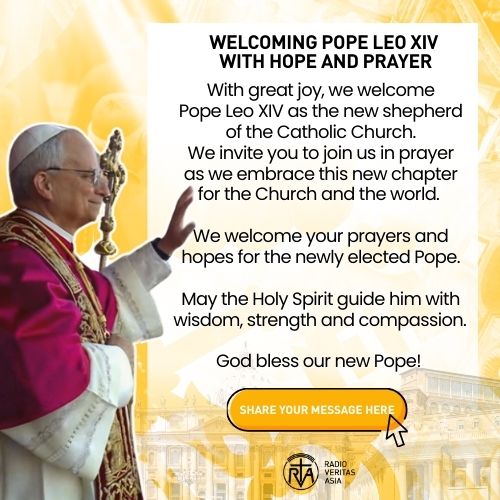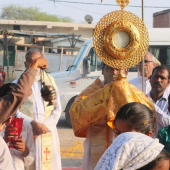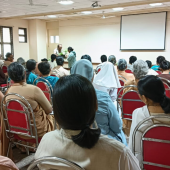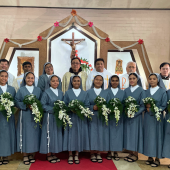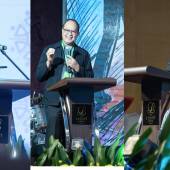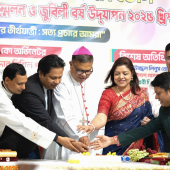AINACS: Building a Vision for Catholic Education in India
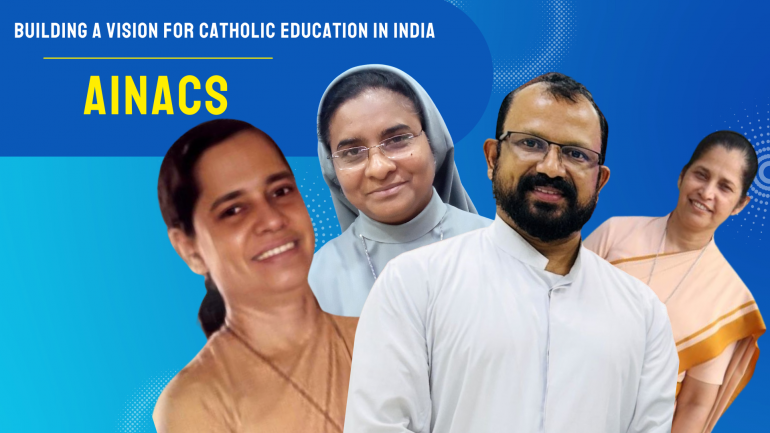
In the years following India’s independence, the nation’s educational landscape was rapidly evolving. Amid shifting policies and emerging ideologies, Catholic educators sought to preserve the identity of their schools while responding to national educational demands. It was in this context that the All India Association of Catholic Schools (AINACS) emerged, giving Catholic education a unified voice and a shared mission.
Early Years
AINACS began in 1953 as the Xavier Association of Catholic/Secondary Schools (XACS) under the guidance of the Catholic Bishops’ Conference of India (CBCI). Archbishop Raymond, then Chairman of the CBCI Education Commission, oversaw its creation, and Fr. Charles Saldanha, SJ, served as its first President.
Fr. Shinoj Kizhakkemuryil, TOR, the current President, explains: “The Xavier Association was established when legislative and departmental measures threatened the autonomy of Catholic schools. There was a need for a national body to safeguard their freedom to educate according to their values. That concern gave birth to what we now know as AINACS.”
Initially, membership was limited to high schools, organized into fifteen regional units. Principals served as secretaries, carrying out Association work alongside their school responsibilities, while the Council met annually to review activities and plan initiatives. Early focus areas included teacher recruitment, textbooks, salaries, and service conditions, issues highlighted in the Mudaliar Report (1953).
From XACS to AINACS
In 1971, XACS became AINACS, reflecting a broader, more inclusive vision. “The name change symbolized a widening horizon,” says Fr. Shinoj. “It invited participation from diocesan and religious schools nationwide and overcame the notion that the Association was Jesuit-led.”
This transition increased visibility and credibility, allowing AINACS to engage more actively in national policy discussions and represent Catholic education at the highest levels.
Educational Reforms
From the Kothari Commission (1964–66) to the Right to Education Act (2009) and the National Education Policy (2020), AINACS has played a proactive role. “At every stage of reform, we have interpreted government policies through the Church’s educational vision. We welcome reforms that promote inclusivity and quality while ensuring Catholic schools remain faithful to their moral and spiritual mission.”
Through advocacy, consultations, and training, AINACS has helped schools adapt without losing their distinctive character.
Supporting Marginalized Schools
A key focus of AINACS has been assisting schools in rural and underserved areas. “We emphasize teacher and principal training, modern teaching methods, and inclusive strategies. We also support economically weaker schools through scholarships, resources, and infrastructure,” says Fr. Shinoj, who is also the Principal of St. Anthony’s High School, Ghaziabad, U.P. “Our approach is relational, not bureaucratic. We walk with schools, offering guidance and mentorship whenever needed.”
Grounded in Catholic Ethos
Reflecting on her experience at St. Joseph’s Convent School, Bathinda, Punjab, Sr. Ophilia Lobo, BS, Principal, highlights the impact of AINACS on moral and ethical education.
“AINACS plays a vital role in helping our school integrate moral and ethical values into everyday learning. Through training programmes, conventions, and resource-sharing, it keeps us grounded in our Catholic ethos while aligning with modern educational goals.”
She highlights the contribution of Fr. Shinoj Kizhakkemuryil, TOR, whose Moral Education books for Classes 1–8 help instill compassion, honesty, respect, and social responsibility. These values are lived through initiatives such as Model United Nations (MUN) sessions, mock parliaments, the ‘Joy of Week,’ outreach programmes, environmental projects, and value-based assemblies.
“Through AINACS’s guidance, our students combine knowledge with service, becoming socially conscious, morally grounded, and compassionate.”
In this way, AINACS has transformed moral and ethical education at the school, ensuring students excel academically while growing in faith, character, and responsibility.
High Standards & Catholic Values
Speaking to Radio Veritas Asia, Sr. Sherin Joseph, CHF, Principal of Carmel School, Bokaro, Jharkhand, highlights the challenges Catholic school leaders face: “Principals must balance faith-based values with academic goals, manage limited resources, comply with regulations, and respond to diverse student needs.”
She stresses perseverance and formation: “We must maintain academic excellence while ensuring Catholic values shape the school environment.”
Sr. Sherin highlights AINACS’s support through training, collaboration, and advocacy, helping schools stay relevant and value-driven. Looking ahead, she envisions renewed leadership, compassion-based management, and resilient school communities.
Her advice: “Participate actively in regional units and training. Working with AINACS ensures growth and shared mission in Catholic education.”
Educating Minds, Inspiring Hearts
Sr. Alvita Gurjao, SFN, Headmistress of St. Michael’s Convent High School, Anjuna, Goa, highlights AINACS’s role in fostering academic excellence and holistic growth.
“AINACS affiliation positively influences academic excellence, value-based education, and holistic development. It focuses on modern technology, student-centered teaching methods, and professional training. Above all, it provides a forum for sharing educational vision, expertise, and innovative strategies.”
Sr. Alvita, a former Superior General of the Congregation of the Sisters of the Holy Family of Nazareth, Goa, emphasizes a supportive school culture: “A positive, collaborative environment allows educators and students to feel valued. Achievements are recognized, professional guidance is emphasized, and this inspires dedication, self-sacrifice, and high-quality learning outcomes ingrained with values.”
Sr. Alvita, SFN, explained that students are empowered through practical and creative learning. She noted that activities like motivational sessions, peer learning, digital learning, community outreach, and exhibitions help develop leadership, critical thinking, and self-expression while connecting learning with real-life experiences and moral values.
Catholic Board of Education
AINACS’s journey has been shaped by regional units, national coordination, policy engagement, and value-based education programs. Looking ahead, Fr. Shinoj advocates a Catholic Board of Education to strengthen coordination and ensure Catholic education unites learning with service and values. From its beginnings in 1953 to its present national presence, AINACS has remained steadfast in its mission: to unite, strengthen, and guide Catholic schools across India. Today, 3,004 Catholic schools are affiliated with AINACS.
Fr. Shinoj Kizhakkemuryil, TOR, sums it up:
“Our schools must always be places of light, where knowledge is rooted in faith, and every student discovers the joy of learning, serving, and becoming fully human.”
(Br. John Malvino Alfonso, OCD, is a member of the Karnataka-Goa Province of the Order of Discalced Carmelites, based at Avila Jyothi, Mapusa, Goa, India.)
Radio Veritas Asia (RVA), a media platform of the Catholic Church, aims to share Christ. RVA started in 1969 as a continental Catholic radio station to serve Asian countries in their respective local language, thus earning the tag “the Voice of Asian Christianity.” Responding to the emerging context, RVA embraced media platforms to connect with the global Asian audience via its 21 language websites and various social media platforms.


